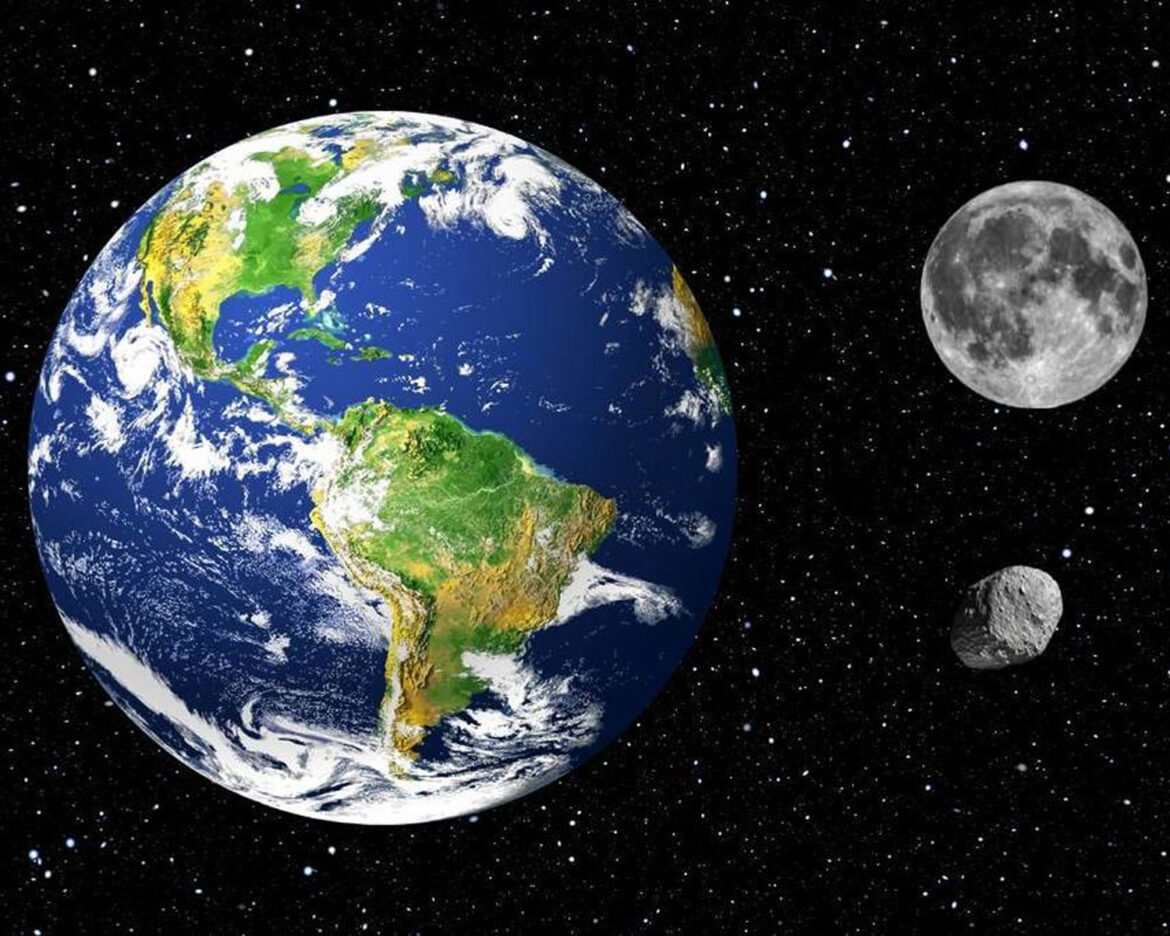Scientists have announced that Earth is about to gain a second moon, albeit temporarily. According to a report by BBC News, a small asteroid is expected to be captured by Earth’s gravitational pull and will act as a “mini-moon” starting September 29.
This celestial visitor, designated as 2024 PT5, is projected to orbit our planet for a couple of months before escaping back into space. However, the asteroid is too small and dim to be visible to the naked eye, making it observable only through professional telescopes.
NASA’s Asteroid Terrestrial-Impact Last Alert System (Atlas) first detected the asteroid on August 7. Scientists have since calculated its trajectory in a study published in the Research Notes of the American Astronomical Society. The asteroid originates from the Arjuna asteroid belt, which contains rocks that follow orbits similar to that of Earth. Occasionally, these asteroids come within proximity to our planet, sometimes as close as 2.8 million miles (4.5 million km).
Researchers explained that when such an asteroid moves at a relatively slow speed—around 2,200 mph (3,540 km/h)—Earth’s gravitational field can exert enough force to temporarily trap it. This is precisely what will occur this weekend, as 2024 PT5 begins its brief stay in Earth’s orbit.
Dr. Jennifer Millard, an astronomer and host of the Awesome Astronomy podcast, shared insights on the asteroid’s journey, stating that it will enter orbit on September 29 and is predicted to leave on November 25. “It’s not going to complete a full revolution of our planet; it’s just going to have its orbit altered slightly by our planet before continuing on its way,” she explained.
Measuring approximately 32 feet (10 meters) long, 2024 PT5 is considerably smaller than Earth’s moon, which has a diameter of about 3,474 km. As excitement builds around this unusual event, astronomers encourage enthusiasts to prepare their telescopes for a glimpse of this fleeting mini-moon.



